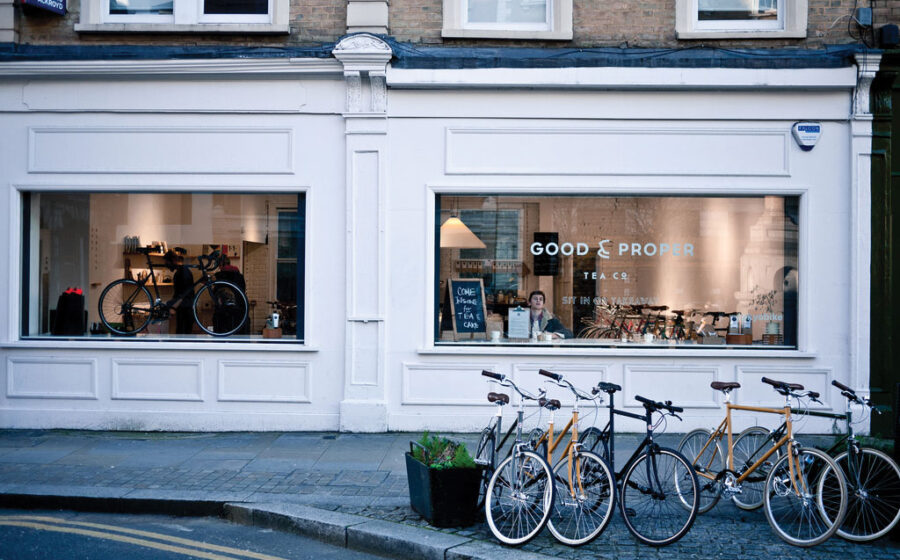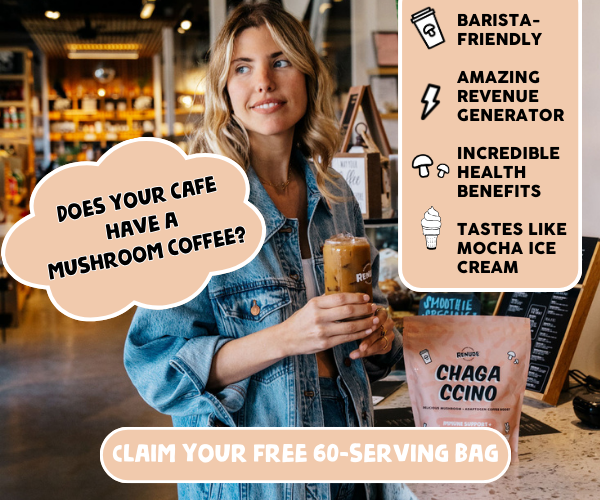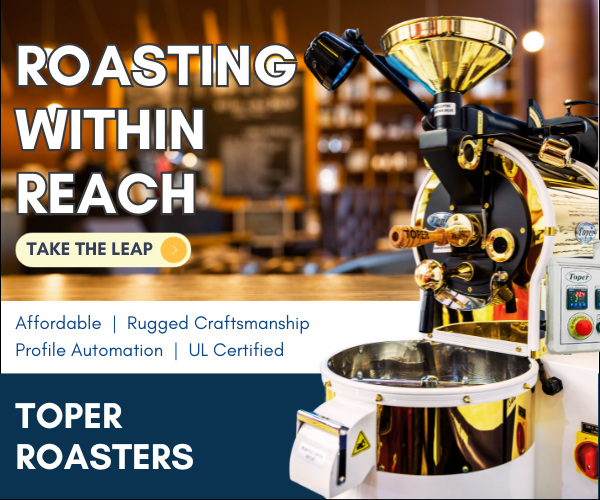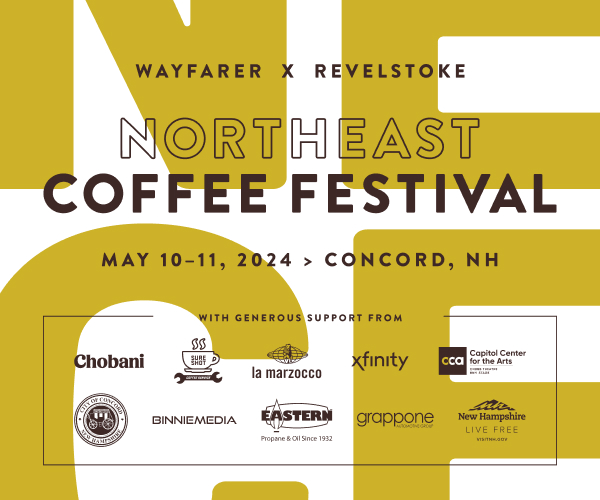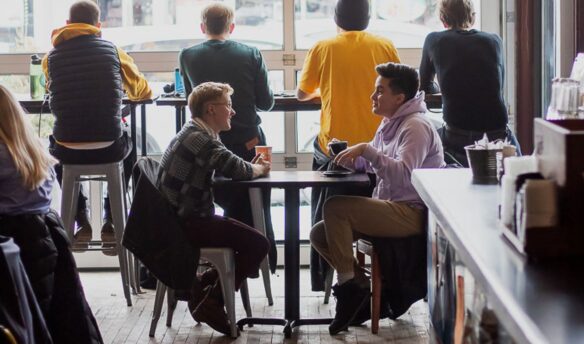Quick-moving and specialized, there’s a “catch me if you can” quality about temporary businesses—be they supper clubs, promo shops, or teaser coffee bars—that gives consumers a good reason to take notice.
But with more retailers shucking brick-and-mortar tradition for something more flexible and fun, we wondered about the purpose of the pop-up. Once the business is dismantled and its burst of press clippings filtered into the archives, what’s left behind?
To determine the long-term benefits of temporary cafés, we chatted with four coffee and tea retailers about their short-term ventures and unearthed a few tricks for making the most out of a pop-up’s tenure.
Here One Minute
Let’s define a temporary business as one that opens with plans to shutter. That can mean a lot of things. Maybe a permanent space isn’t available, but a temporary space or room in someone else’s business is. Perhaps the retailer wants to try out a new business without muddling their brand or needs to set up shop elsewhere during renovations at their current location. Other times it’s an experiment in longevity, and even the owners are curious when their pop-up will retire or take up residence in a leased-out space.
There are many reasons for choosing this route, some more obvious: flexibility, low overheads, and decreased risk without being walled in by a lease (though pop-up operations can require a lease or rental agreement of some kind.) One thing that can’t be disputed is the power of testing the water.
Low-maintenance businesses like beverage and food carts have launched culinary empires—James Beard Award-winning restaurant Pok Pok, for example, or Zhena’s Gypsy Tea. Increasingly we see this in coffee and tea, with pop-ups as a teaser for greatness that will come later, one way of stretching one’s legs in preparation for the race.
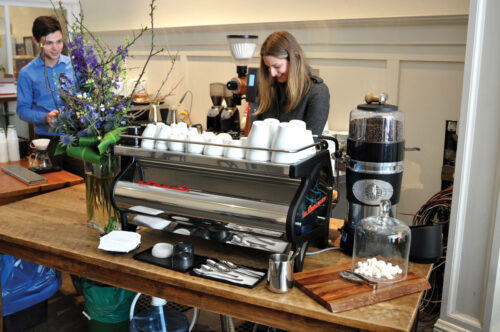
Wrecking Ball Coffee Roasters set up a temporary café in Firehouse 8, a renovated historic firehouse. They introduced the brand to the city in an exciting way without making any binding commitments. It allowed Wrecking Ball to acquire customers much earlier than if they had waited to find a permanent space, and it gave them the freedom to leave if they wanted. When the space ended up not working out, they did just that—but by then, there were Wrecking Ball fans, many of who now frequent their permanent flagship café.
A Step In The Right Direction
A pop-up can also be less of a stopgap to bigger things and more about strengthening an existing brand, hopefully in a fun way. See See Motor Coffee Co. is a motorcycle-centric coffeehouse in Portland that has put together pop-up coffee stands for several motorcycle events. They use a fully contained coffee cart on loan from Stumptown Coffee Roasters, who supplies the brand their coffee.
What began as a way to provide coffee to big crowds at events like Dirt Quake, an eccentric, two-day motorcycle festival, and the One Show, a three-day live music and motorcycle party in Portland, has become a signature aspect of the See See name. The cart keeps things simple, profitable, and fun.
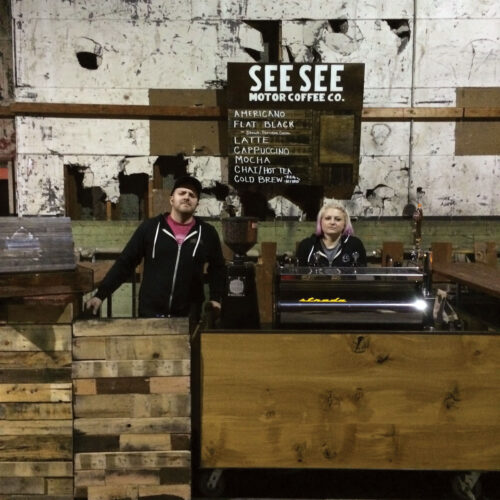
In a recent interview at See See’s café in Northeast Portland, Dillon Turner, who manages the event pop-up, laid out sketches of the cart’s evolution while articulating the appeal of brewing coffee in wild places: the woods, by a dirt track, near a metal band, and facing a half-pipe.
“We’ve refined what we wanted to be at those events,” says Turner, explaining that the See See cart used to act as an all-purpose concession stand, but has evolved into a streamlined brew bar with an intentional flow and composition. Before this year’s One Show, Turner spent weeks breaking apart pallets to create a rustic-looking façade and menu for the event, held in an enormous, unfinished warehouse.
“If you’re going to do a temporary café, you want your brand to shine through, but you also want to fit in with the space you’re in,” he says. Using reclaimed wood and paring down non-essentials, he created a pop-up that blended comfortably into the gritty event and accurately represented the company’s outlaw-rider image. With another company catering the One Show, See See’s stand was also able to forego food and craft a minimalist setup, which Turner says made all the difference at the packed party.
His takeaway: embracing a pop-up’s limitations and testing how it will work at its busiest can be crucial to a successful run. “If there is one thing that you want to keep, it’s whatever vessel your machine is on, then you can build around that,” says Turner, adding, “You have to have a proper ship before you can go sailing.”
All In This Together
Co-branding is another method for getting the most out of a pop-up. Retailers can lessen the risks of launching a temporary café by popping up under the umbrella of another company and finding creative ways to boost business for both sides of a partnership.

Emilie Holmes, who pilots London’s Good & Proper Tea Co., based in a roving Citroën van, sought to gain ground in the city’s Shoreditch neighborhood. She decided to partner with a business that was very different than hers yet shared similar values. Tokyobike, a Japanese bicycle-maker, also focused on quality and simplicity and had the space for a pared-down tea bar in its Shoreditch shop.
The mash-up was beneficial to both companies. It brought thirsty customers into Tokyobike for the first time and helped introduce a new part of London to Holmes’ single-estate approach to tea. The drawback, Emilie says, was that it ended. “The challenge of a pop-up is that it takes time for people to get to know you, and so often, just as you start to see some traction and pick up some lovely regulars who come back day after day, you up and leave!” Her temporary café reinforced a desire for a permanent one where regular customers could drink tea while seated, warm, and dry—amenities the van does not afford.
While talking with Hilliard’s Beer in Seattle’s Ballard neighborhood about building a café into their taproom, Mmmhmm Coffee owner Jon French decided to set up a temporary coffee bar in a multi-use building down the street. By selling on the same street as one of the busiest farmers’ markets in the Northwest, Mmmhmm’s pop-up saw a few hundred new guests every Sunday, giving the company a firm foothold in Seattle.
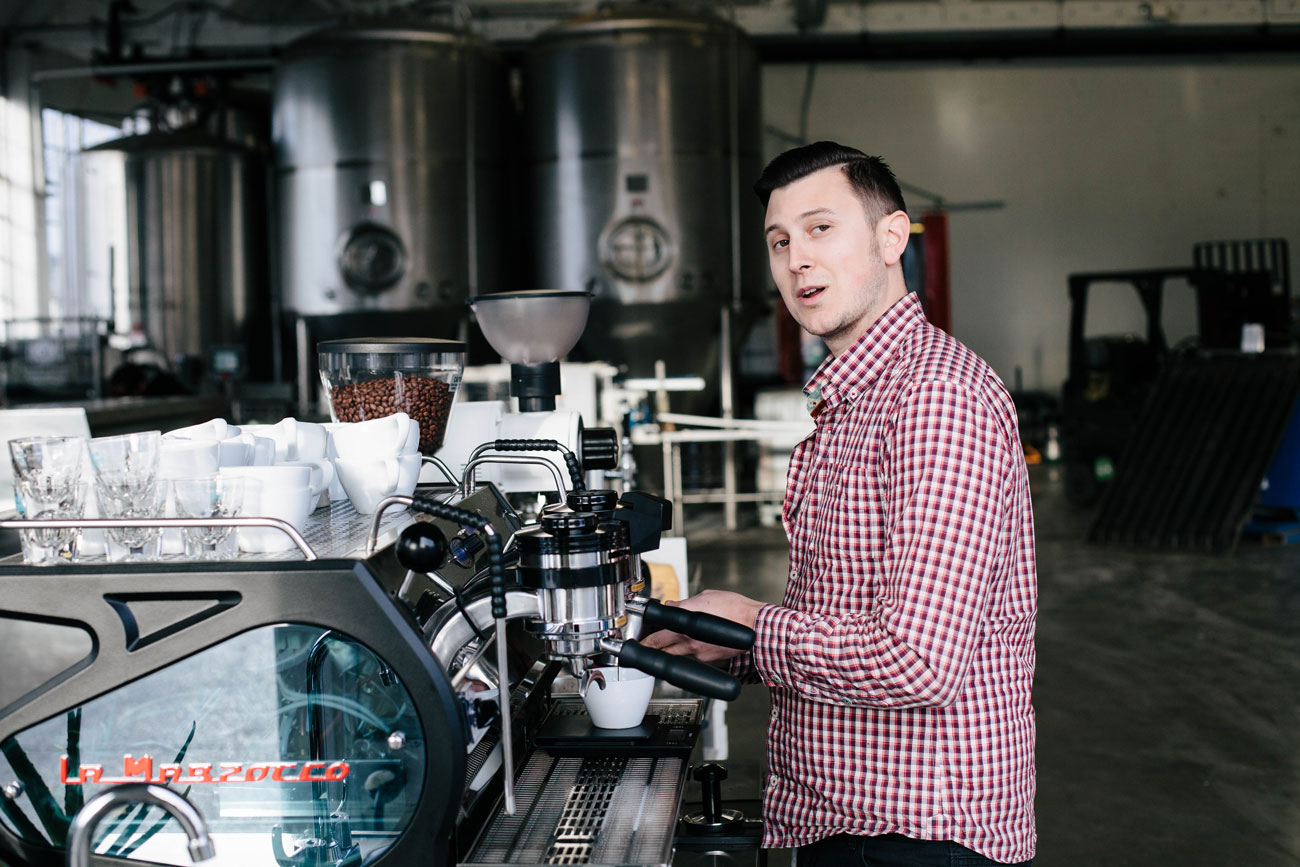
French’s pop-up had challenges, including health inspection costs, lawyer fees for the temporary lease agreement, and difficulties meshing with the space. In the end, he says that the four-month pop-up was a mixed bag, but it ultimately helped launch Mmmhmm into its dream space. Mmmhmm now sells coffee every morning in its beautifully built brew bar in Hilliard’s taproom, using the equipment they acquired for their pop-up, with many daily guests brought over from their market days. By trying out what didn’t work, French could determine precisely what was needed for his permanent café.
Sharing Space
In the case of Good & Proper and Tokyobike, the two businesses struck the same chord without stepping on each other’s toes and are still working together, with Good & Proper holding occasional tea tastings at Tokyobike. Not all partnerships work out, however, and it’s important to determine if the collaboration makes sense ahead of time.
Ideally, a temporary business can act like a trial run. It’s a way for business owners to determine what works and doesn’t and define what they want to be, something challenging to get down on paper but crucial to any permanent café buildout.
More than an educational tool, a well-placed pop-up can do wonders to promote a company, even in its infancy. The shop’s mystery deadline intrigues consumers, and savvy marketing and design can capitalize on that interest. The important lesson is that pop-ups are flexible, and keeping expectations tractable is vital. Not every temporary café goes as planned, but isn’t that also their point? If they did work out, they wouldn’t be the valuable retail crash course they are, a stepping stone to something even better, more permanent, and practiced down the road.
Regan Crisp is Fresh Cup’s associate editor.
This article was originally published on April 13, 2015 and has been updated to meet Fresh Cup’s current editorial standards.

